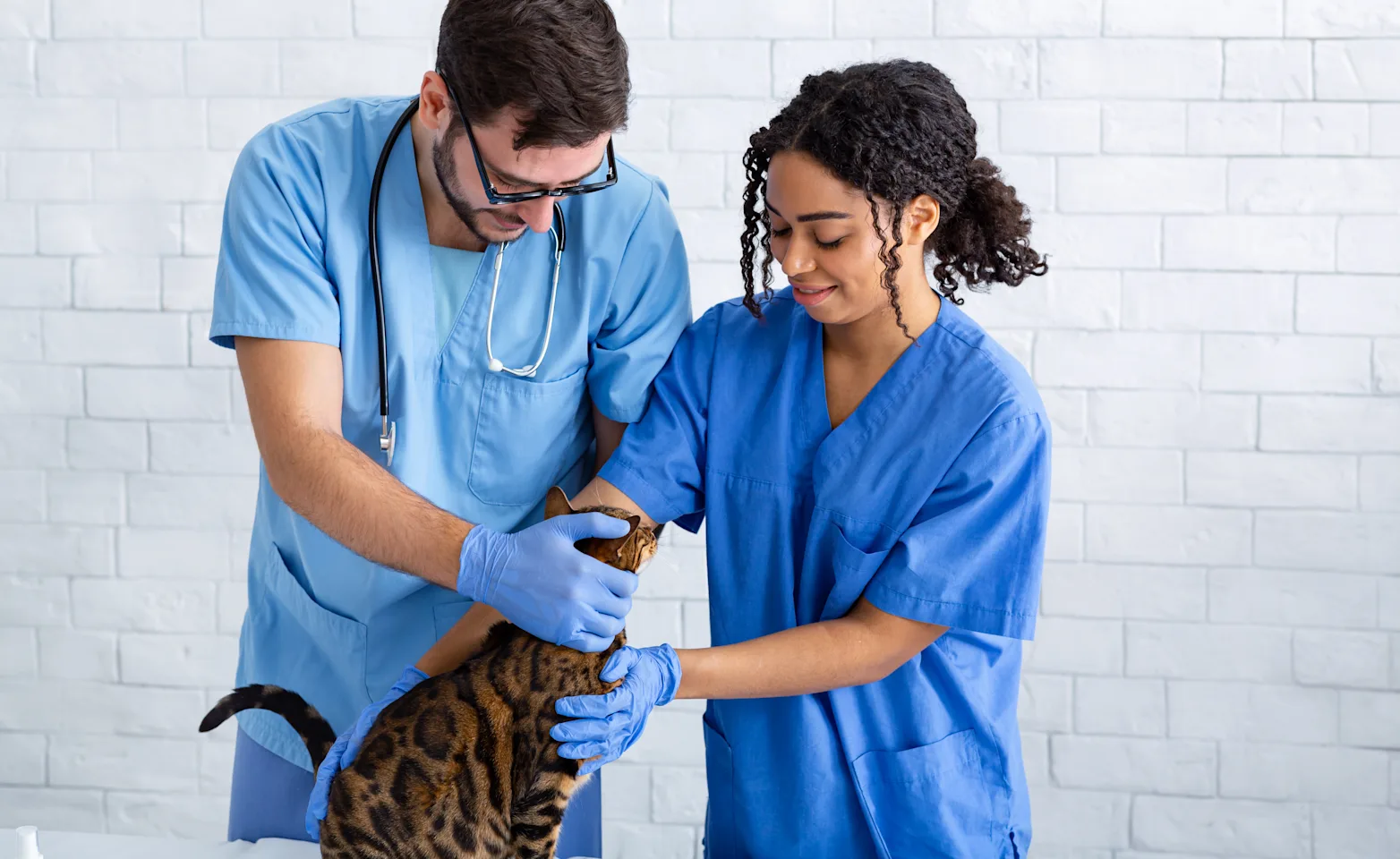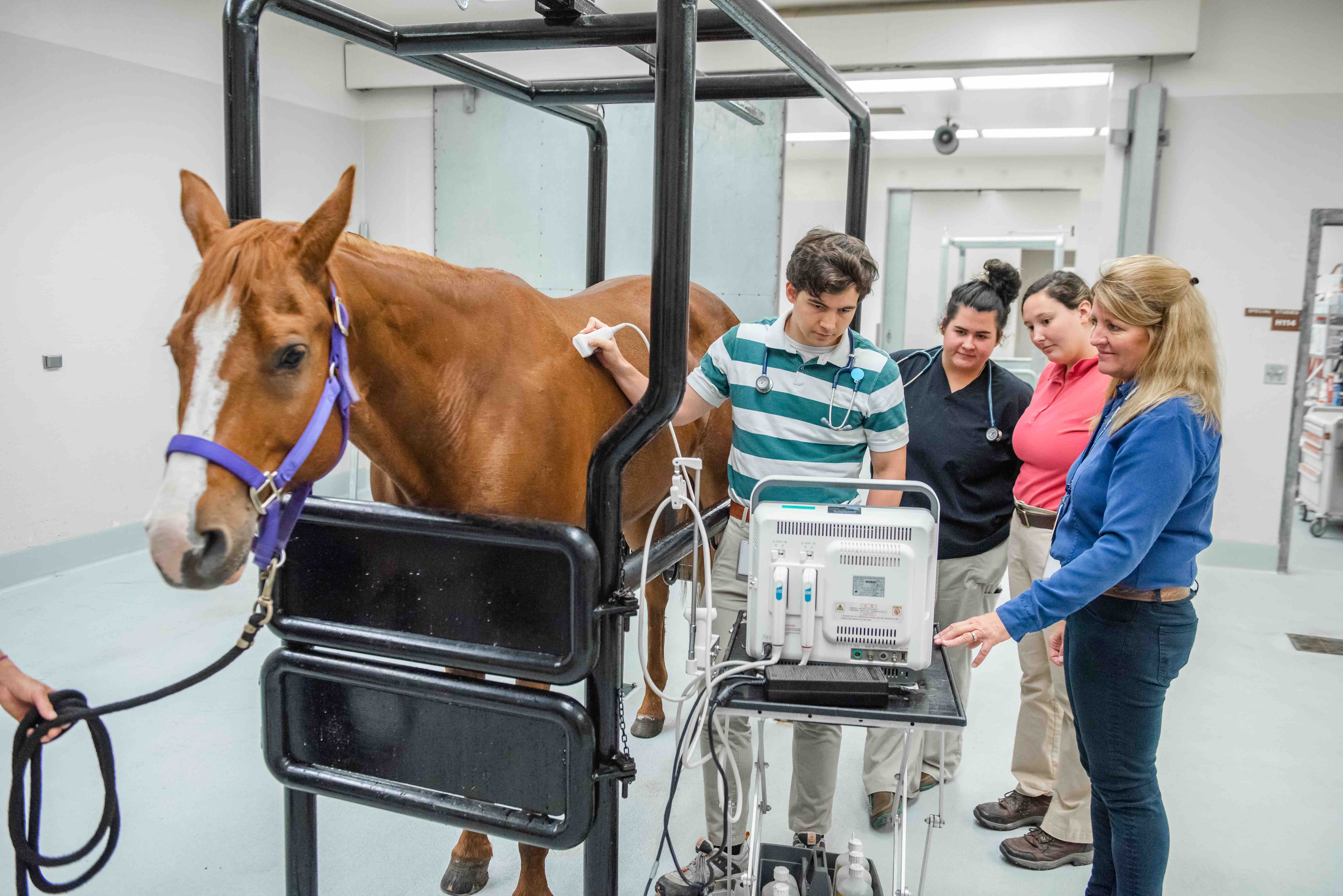Signs Your Dog Might Need canine tplo surgery: Vet-Approved Checklist
Signs Your Dog Might Need canine tplo surgery: Vet-Approved Checklist
Blog Article
Everything About Vet Surgical Procedure: Comprehending the Significance of Professional Care for Your Animals
Veterinary surgical procedure is a critical element of pet dog health care. It encompasses various procedures, from regular elective surgical treatments to immediate interventions. Understanding the ins and outs of these surgical procedures can aid animal owners make notified choices. The preparation, execution, and recovery stages are necessary for making sure the wellness of pets. With proper understanding, proprietors can navigate the intricacies of veterinary care. What aspects should be taken into consideration before a family pet goes through surgical procedure?
Kinds Of Vet Surgeries
When a pet calls for surgical intervention, comprehending the numerous kinds of vet surgical procedures can help animal owners make informed choices. Vet surgical procedures can be extensively categorized right into 3 primary kinds: elective, immediate, and emergency surgeries. Elective surgical treatments, such as spaying or neutering, are intended treatments that are not immediately deadly. Urgent surgical treatments, like those for international body elimination, need to be performed quickly but are not deadly in the minute. Emergency situation surgical procedures, such as those attending to severe trauma or inner bleeding, are critical and need immediate attention.Additionally, surgical procedures can differ in complexity, varying from minimally invasive laparoscopic procedures to extra comprehensive open surgical procedures. Each sort of surgical procedure brings its very own risks and healing processes. Comprehending these classifications allows pet dog owners to involve in meaningful discussions with veterinarians, resulting in far better end results for their beloved animals.
Planning for Your Family pet's Surgical treatment
Preparing for a pet dog's surgical treatment involves a detailed checklist to ensure all fundamentals are covered. Effective interaction with the vet is crucial for comprehending the procedure and any necessary pre-operative actions - canine tplo surgery. Furthermore, having clear post-operative care guidelines will assist proprietors offer the very best support for their recouping pet dogs
Pre-Surgery Checklist Basics
Assuring a smooth medical experience for a family pet calls for careful preparation and attention to detail. A pre-surgery checklist is important for pet owners to comply with. First, validating the arranged surgical procedure date and time is important. Owners ought to additionally validate that their family pet has not eaten according to the veterinarian's guidelines, typically for 8-12 hours before surgical treatment. Collecting required medical documents, consisting of vaccination background, is necessary for the veterinarian's review. It is likewise a good idea to prepare a comfortable area in your home for the pet's healing after surgical procedure. Ultimately, proprietors must have a strategy for transport to and from the veterinary facility, ensuring that the pet dog is safe and comfy throughout the trip. Following these steps can significantly boost the surgical experience.
Interacting With Your Veterinarian

Reliable interaction with the vet is crucial for a successful medical experience for pet dogs. Owners must be prepared to review their pet's clinical history, consisting of any pre-existing conditions, medicines, and allergies. This details helps the vet examine threats and tailor the medical plan appropriately. Additionally, pet proprietors need to ask concerns concerning the treatment, anesthetic, and anticipated end results to guarantee they completely understand the procedure. Clarifying any kind of uncertainties can relieve stress and anxiety for both the family pet and the proprietor. It is additionally essential to communicate any kind of behavior modifications or problems observed in the pet leading up to the surgical procedure. Eventually, clear dialogue promotes depend on and collaboration, guaranteeing that animals obtain the most effective possible care throughout their medical trip.
Post-Operative Care Directions
After going over the operation with the veterinarian, animal owners need to concentrate on post-operative care instructions to promote a smooth recovery for their pets. These instructions usually consist of keeping an eye on the surgical site for indicators of infection, such as soreness or discharge. Animals might need to be kept tranquil and constrained to avoid excessive movement that could interfere with healing. Pain monitoring is important, so proprietors should adhere to the vet's assistance on administering medicines. In addition, dietary restrictions may be encouraged to prevent stomach trouble. Normal follow-up appointments are very important to assure appropriate healing and deal with any kind of concerns. By sticking to these post-operative care instructions, family pet proprietors can considerably contribute to their animal's recovery and overall health.
The Surgery Explained
The surgical procedure for family pets encompasses essential steps that assure their safety and healing. Pre-surgery prep work are vital for lessening threats, while post-operative care standards play a crucial duty in promoting recovery. Recognizing these elements assists animal owners navigate the surgical experience extra efficiently.
Pre-Surgery Preparations
Before a pet dog goes through surgical treatment, several vital preparations have to occur to guarantee a risk-free and successful procedure. Initially, a complete vet exam is necessary to examine the pet's general wellness and identify any prospective risks. This might include blood examinations, imaging, or various other diagnostics. The veterinarian will additionally review anesthetic choices customized to the pet dog's specific requirements. Additionally, pet proprietors are generally advised to hold back food and water for a specified time before surgical procedure to lessen the risk of issues throughout anesthetic. It is essential for owners to supply a complete clinical history, including any drugs or allergies, ensuring the surgical group has all necessary information. Appropriate interaction and adherence to pre-surgery standards can considerably improve the outcome of the treatment.
Post-Operative Treatment Guidelines
Correct post-operative care is necessary for making sure a pet dog's healing adhering to surgical procedure. After the treatment, pet dogs must be monitored closely for any signs of difficulties, such as excessive blood loss, swelling, or uncommon actions. It is essential to follow the veterinarian's guidelines relating to medications, including discomfort reducers and anti-biotics. Animals must be kept in a quiet, comfy setting my site to minimize tension and advertise healing. Restricting activity is vital; short, leashed walks might be necessary, yet leaping or running must be prevented. Routine follow-up consultations must be arranged to analyze the recovery procedure. In addition, the surgical site must be kept clean and dry, with any kind of indications of infection reported to a vet immediately. Abiding by these guidelines improves recovery results.
Anesthesia and Discomfort Management
Effective anesthesia and pain administration are important components of veterinary surgery, making certain that family pets stay comfy and safe throughout the treatment. Vets assess each pet's individual requirements, considering variables such as age, weight, wellness condition, and the kind of surgery being performed.Anesthesia procedures commonly include a combination of pre-anesthetic drugs, induction representatives, and inhalant anesthetics, permitting accurate control over the animal's level of awareness. Surveillance during surgery is essential; veterinarians continuously observe essential signs to resolve any kind of possible issues promptly.Pain administration strategies might entail opioids, non-steroidal anti-inflammatory drugs (NSAIDs), and anesthetics, customized to the animal's specific circumstance. This complex technique helps decrease discomfort and advertises a smoother medical experience. By prioritizing effective anesthetic and discomfort administration, vet experts enhance the general well-being of family pets undergoing surgeries, ensuring they get the greatest criterion of care.
Post-Operative Treatment and Recovery
Following surgical procedure, the emphasis moves to post-operative treatment and healing, which is essential for guaranteeing an animal's secure return to normal tasks. During this period, animals require a silent, comfy setting to aid healing. Proprietors should carefully monitor their animals for any kind of indications of pain or uncommon behavior.Veterinary standards frequently consist of details instructions connected to medicine management, wound treatment, and nutritional changes. It is essential to comply with these referrals to decrease complications and promote healing. Pet dogs might require to be restricted from energetic tasks, such as running or jumping, throughout their recuperation period (24 hour vet near me).Regular follow-up consultations with the veterinarian permit tracking of the pet's progression and timely modifications to the treatment plan. Providing emotional support and friendship can also enhance an animal's healing experience, assisting to reduce tension and anxiety. On the whole, persistent post-operative treatment plays a significant function in accomplishing an effective recuperation
Identifying Issues After Surgery
Exactly how can pet proprietors identify problems after surgery? Recognition of certain indications is important for making sure the well-being of pets during recovery. Usual signs include excessive swelling, inflammation, or discharge at the surgical site, which might indicate infection. Furthermore, persistent pain, indicated by grumbling or hesitation to move, must motivate instant interest. Adjustments in appetite or water consumption can additionally show complications; a decrease in these habits might indicate discomfort or distress.Moreover, pet owners should check their animals Recommended Reading for any type of unusual behavior, such as sleepiness or difficulty breathing, as these can be indicators of severe issues. Vomiting or diarrhea following surgical treatment might require urgent veterinary evaluation. Identifying these difficulties early can substantially impact a pet dog's healing process, highlighting the significance of watchfulness and prompt interaction with a vet for any worrying symptoms.
The Duty of Veterinary Professionals in Surgical Care
Veterinary professionals play an important function in guaranteeing the security and success of surgeries for family pets, specifically following surgical procedure when keeping track of and care are vital. These professionals consist of veterinarians, vet technicians, and anonymous support team, every one of whom add specialized abilities to the surgical process.Before surgical treatment, veterinarians carry out complete assessments to assess the animal's health and wellness, ensuring that any kind of underlying conditions are handled. During the procedure, the surgical group gives anesthetic, keeps sterile environments, and keeps an eye on vital signs, all crucial for minimizing risks.Post-operative treatment is similarly significant; veterinary specialists observe for issues, handle pain, and guide owners on healing practices. Their expertise enables them to recognize very early indications of distress or infection, making sure timely treatment. Ultimately, the collective efforts of veterinary professionals in surgical treatment cultivate a risk-free atmosphere, promoting the health of pets throughout the surgical journey.

Often Asked Questions
How Do I Pick the Right Vet Doctor for My Family pet?
Selecting the appropriate veterinary cosmetic surgeon includes investigating credentials, reviewing reviews, and examining the clinic's environment. It is crucial to show on the specialist's experience with certain treatments and their communication style when choosing.
What Prevail Misconceptions Concerning Veterinarian Surgeries?
Usual false impressions regarding veterinarian surgical treatments consist of beliefs that they are always high-risk, unneeded, or just for emergency situations. Numerous family pet proprietors undervalue the advantages of precautionary treatments and the skill associated with veterinary surgical care.
Just How Much Will My Pet dog's Surgical treatment Cost?
The expense of a family pet's surgery can vary substantially based upon variables such as the kind of procedure, the vet's experience, and geographical place (tplo surgery). Typically, expenses vary from a few hundred to a number of thousand dollars

Can My Family Pet Eat Prior To Surgical Treatment?
Before surgical treatment, it is usually advised that animals avoid eating for a certain period. This fasting helps in reducing the danger of difficulties during anesthesia. Owners need to consult their veterinarian for accurate directions customized to their pet dog's needs.
What happens if My Family Pet Has Pre-Existing Wellness Issues?
When a pet has pre-existing wellness problems, it's vital for the veterinarian to assess these factors prior to surgery. This examination assurances appropriate safety measures are taken, reducing threats and enhancing the pet dog's general safety and security during the procedure.
Report this page